Variegation in tissue culture plants has become a fascinating topic among plant enthusiasts and collectors. The unique patterns and colors of variegated plants make them highly desirable, but they also come with certain challenges. This comprehensive guide will explore the phenomenon of variegation in tissue culture plants, including popular varieties such as Philodendron, Monstera, and Anthurium.
Introduction
Variegation refers to the appearance of different colors on the leaves and stems of plants. This can occur naturally or be induced through tissue culture techniques. Variegated plants are part of the aroid plant family, which includes popular varieties like Philodendron, Monstera, and Anthurium. Variegated plants are prized for their aesthetic appeal and unique appearance, making them highly sought after by collectors.
What is Variegation?
Variegation is the presence of different colors or shades in the leaves or other plant parts. It can be caused by genetic mutations or induced through tissue culture techniques. Variegation can occur in different patterns, including stripes, spots, and patches, and in different colors, including white, yellow, and pink.

Causes of Variegation in Tissue Culture Plants
The causes of variegation in tissue culture plants are not fully understood. However, it is believed to be a result of genetic mutations or induced through tissue culture techniques. Genetic mutations can occur spontaneously or be induced through chemical or radiation treatments.
Types of Variegation
There are several types of variegation observed in tissue culture plants. Some of the most common types include:
- Sectorial Variegation: This type of variegation is caused by a genetic mutation that affects only a portion of the plant. The variegated portion of the plant is usually a result of a genetic mutation, while the non-variegated portion is normal.
- Margin Variegation: This type of variegation is characterized by a variegated margin around the leaf’s edge. The center of the leaf is typically green.
- Punctate Variegation: This type of variegation is characterized by small, scattered spots of variegation on the leaf’s surface.
- Blotched Variegation: This type of variegation is characterized by irregular patches of variegation on the leaf’s surface.
Benefits of Variegation in Tissue Culture Plants
Variegated tissue culture plants offer several benefits to gardeners and horticulturists. Some of the benefits of variegation include:
- Aesthetic appeal: Variegated plants are highly sought after due to their unique appearance. They add color and texture to gardens and indoor spaces.
- Increased value: Variegated plants are often more valuable than their non-variegated counterparts, making them popular among collectors.
- Stress tolerance: Some variegated plants have been observed to be more tolerant of environmental stress, such as drought and heat, than non-variegated plants.
Tissue culture plants species are the most sought after by aroid plant lovers
Challenges of Variegation in Tissue Culture Plants
Variegation in tissue culture plants can present some challenges. Some of the challenges of variegation include:
- Instability: Variegated tissue culture plants can be unstable, meaning that the variegation may not be consistent from generation to generation.
- Reduced vigor: Some variegated plants may have reduced vigor, meaning that they may not grow or develop as well as non-variegated plants.
- Reversion: Variegated plants may revert back to their non-variegated form due to genetic instability or environmental stress.
Techniques for Inducing Variegation in Tissue Culture Plants
There are several techniques for inducing variegation in tissue culture plants. Some of the most common techniques include:
- Chemical treatments: Chemical treatments, such as colchicine and oryzalin, can induce genetic mutations that result in variegation.
- Radiation treatments: Radiation treatments, such as X-rays and gamma rays, can induce genetic mutations that result in variegation.
- Tissue culture techniques: Tissue culture techniques, such as callus culture and somatic embryogenesis, can induce variegation in tissue culture plants.
Factors Affecting Variegation in Tissue Culture Plants
Several factors can affect variegation in tissue culture plants. Some of the factors include:
- Light intensity: Variegated plants require different light intensity than non-variegated plants. Too much or too little light can affect the variegation pattern.
- Nutrient availability: Variegated plants may have different nutrient requirements than non-variegated plants. It is important to provide the appropriate nutrients for optimal growth.
- Temperature: Temperature can affect variegation in tissue culture plants. Some variegated plants may be more tolerant of extreme temperatures than non-variegated plants.
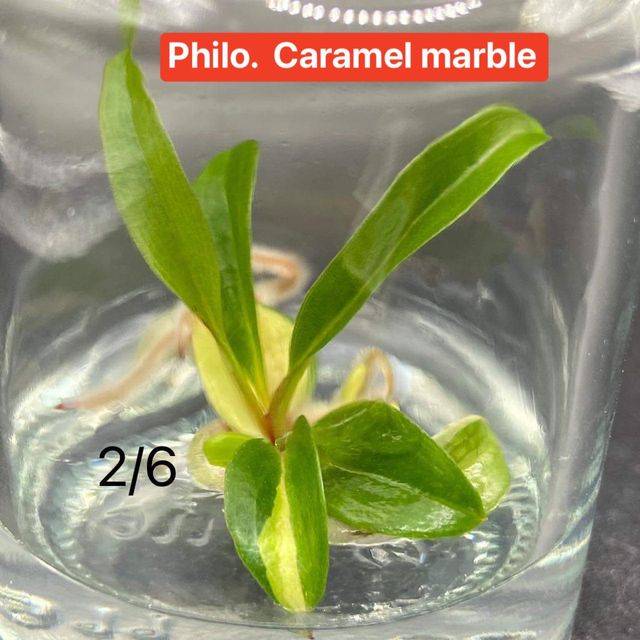
Examples of Variegated Tissue Culture Plants
There are numerous examples of variegated tissue culture plants. Some of the most popular examples include:
- Variegated Monstera deliciosa: This plant has large, glossy leaves with irregular white variegation.
- Variegated Calathea: This plant has striking leaves with green and white variegation.
- Variegated Philodendron: This plant has heart-shaped leaves with white or yellow variegation.
Tips for Propagating Variegated Tissue Culture Plants
Propagating variegated tissue culture plants requires special attention to ensure that the variegation is maintained. Some tips for propagating variegated tissue culture plants include:
- Ensure genetic stability: It is important to ensure that the variegation is stable before propagating the plant.
- Use appropriate techniques: Propagation techniques, such as division and tissue culture, can be used to propagate variegated tissue culture plants.
- Monitor growth: Monitor the growth of the propagated plants to ensure that the variegation is maintained.
Variegation vs. Albinism
Variegation should not be confused with albinism. Albinism is a genetic condition that results in the absence of pigments, causing the plant to appear white or pale. Variegation, on the other hand, is the presence of different colors or shades in the plant.
Conclusion
Variegation in tissue culture plants is a fascinating topic that offers numerous benefits to gardeners and horticulturists. It is a result of genetic mutations or induced through tissue culture techniques. Variegated plants are highly sought after due to their unique appearance and can offer stress tolerance and increased value. However, variegation can present some challenges, including instability and reduced vigor. Techniques for inducing variegation in tissue culture plants include chemical and radiation treatments and tissue culture techniques. It is important to monitor the growth and genetic stability of variegated tissue culture plants to ensure that the variegation is maintained.
FAQs
- Can variegated tissue culture plants be propagated through cuttings?
- Yes, variegated tissue culture plants can be propagated through cuttings, but it is important to ensure that the variegation is stable before propagating.
- Can environmental factors affect variegation in tissue culture plants?
- Yes, environmental factors such as light, temperature, and nutrient availability can affect variegation in tissue culture plants.
- Are variegated tissue culture plants more valuable than non-variegated plants?
- Yes, variegated tissue culture plants are often more valuable than their non-variegated counterparts due to their unique appearance.
- Can variegated tissue culture plants revert back to their non-variegated form?
- Yes, variegated tissue culture plants can revert back to their non-variegated form due to genetic instability or environmental stress.
- What is the most common type of variegation observed in tissue culture plants?
- The most common type of variegation observed in tissue culture plants is sectorial variegation.


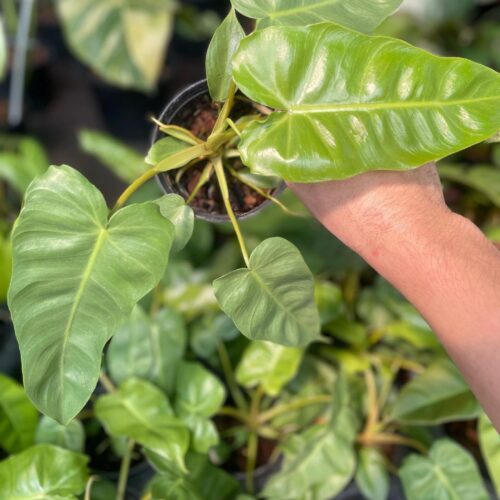
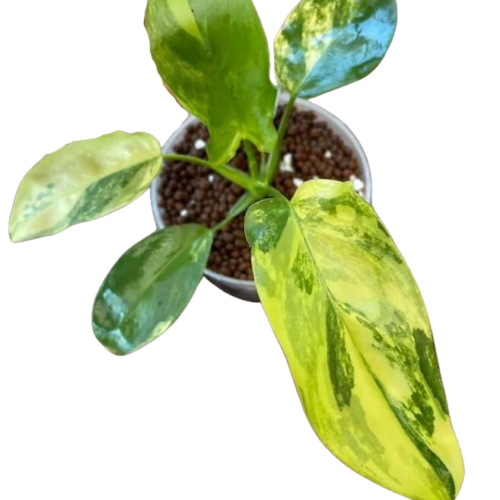

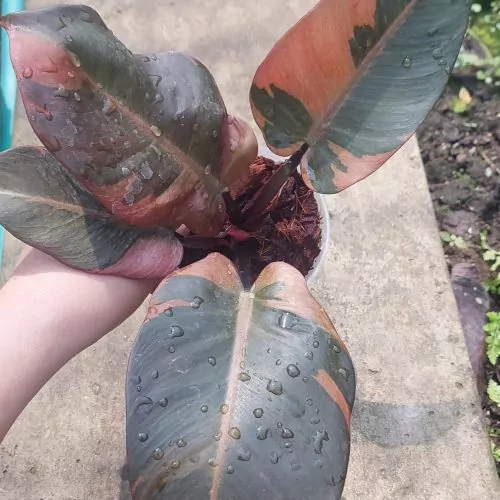
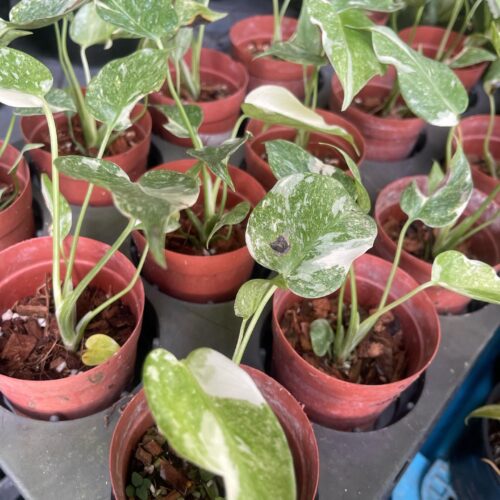
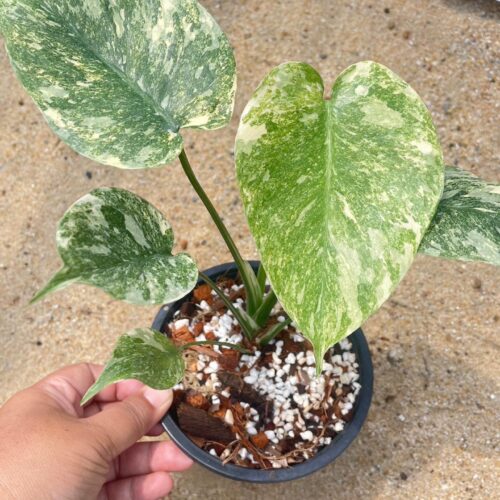
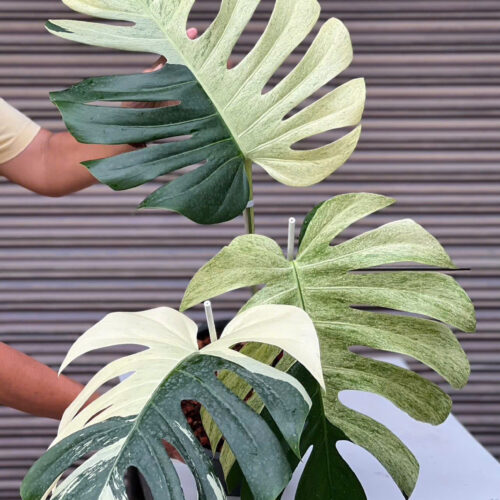
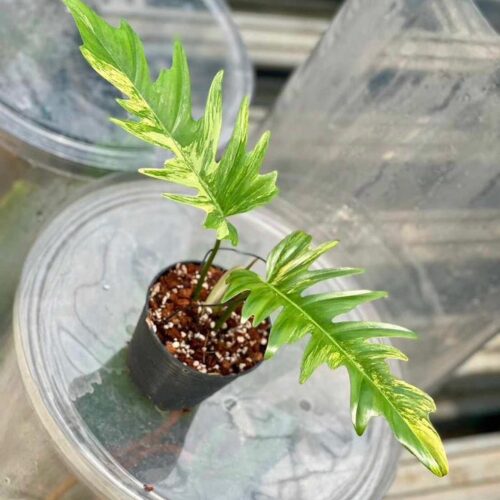
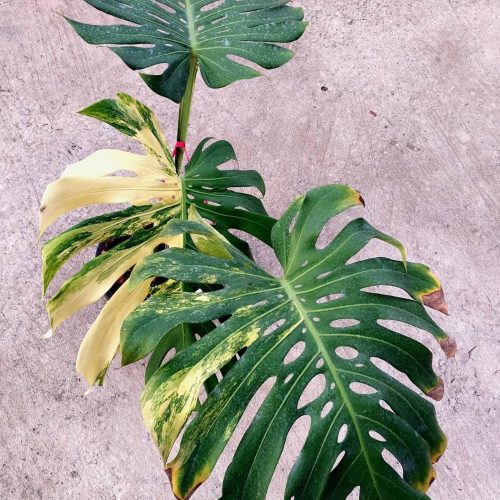
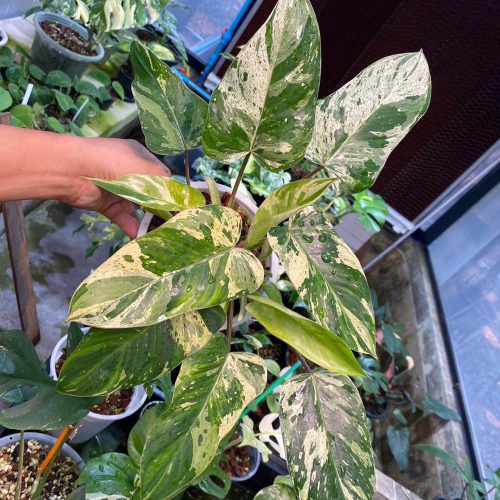
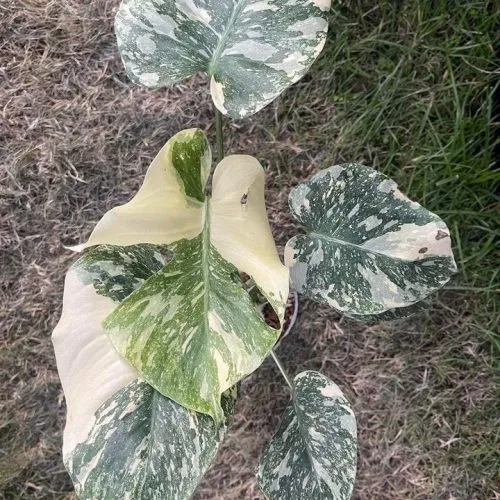

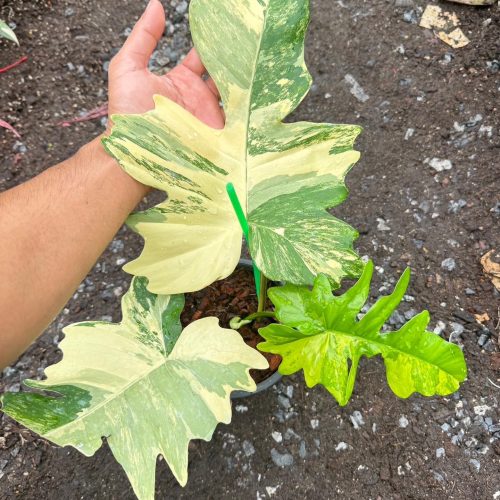
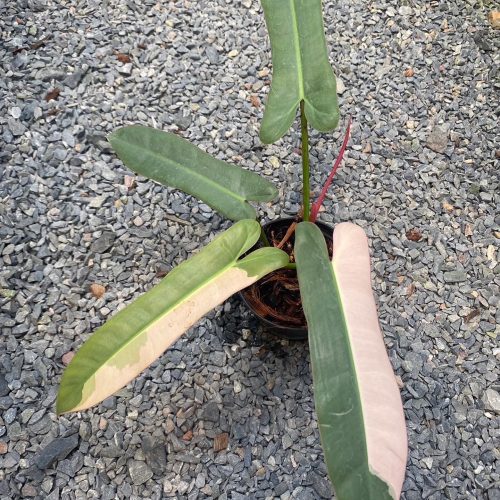
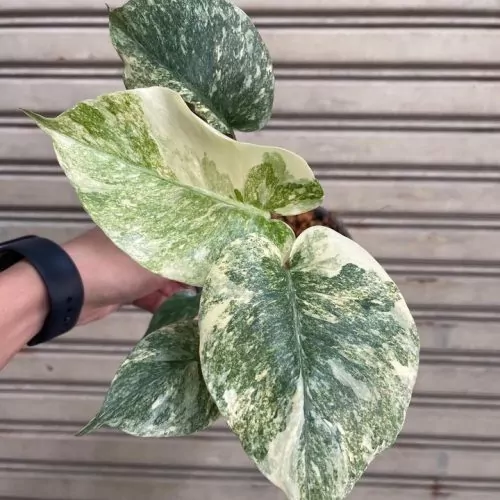
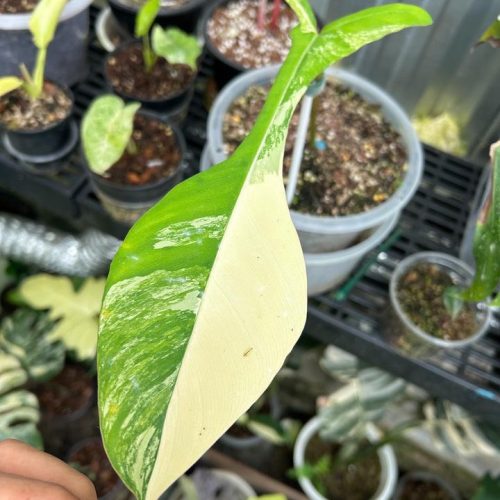
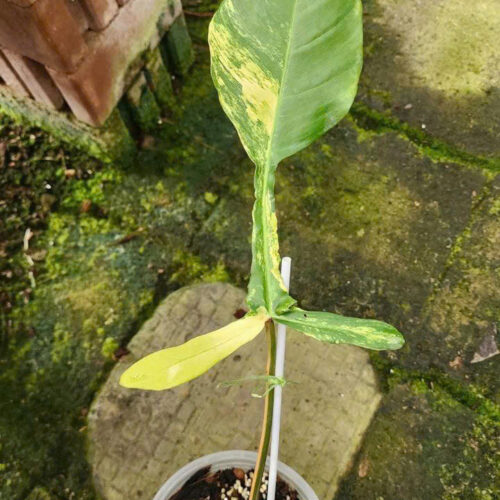

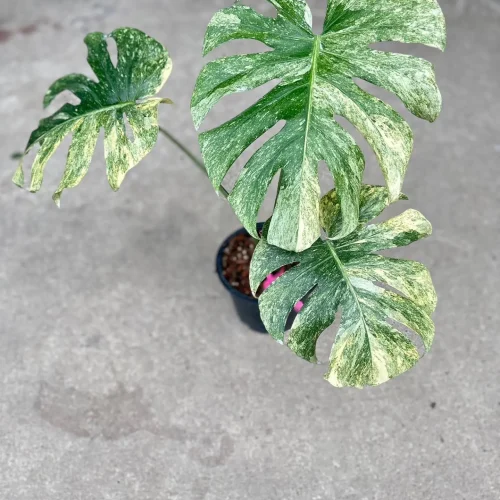
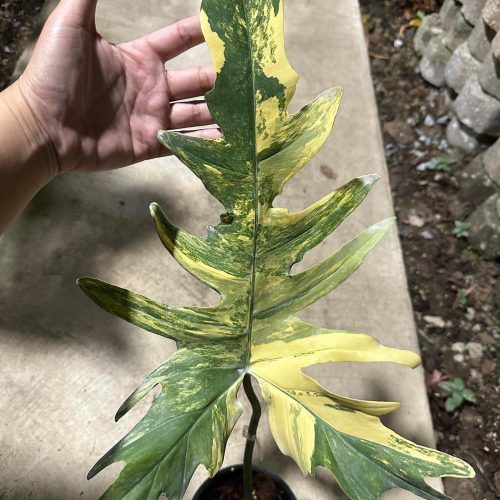

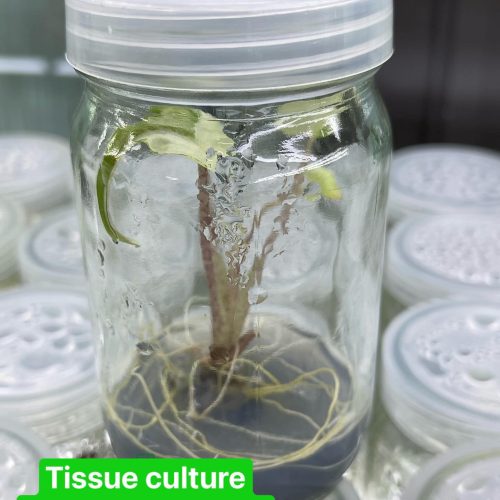
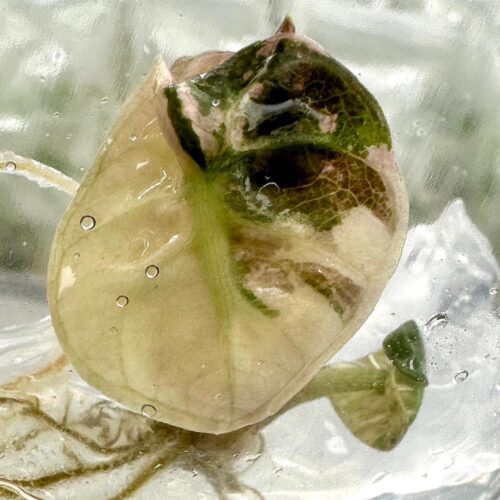
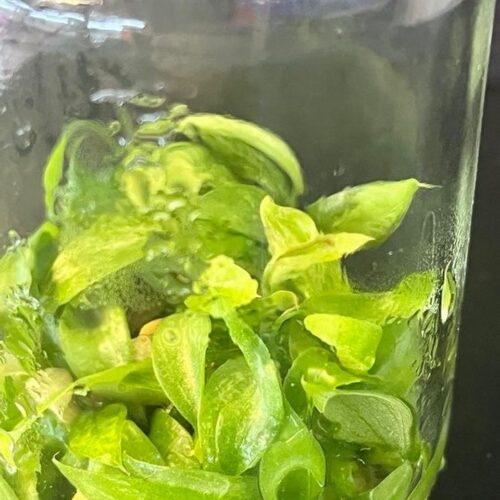
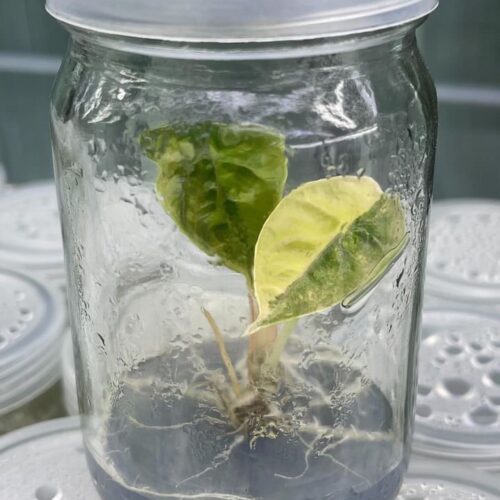
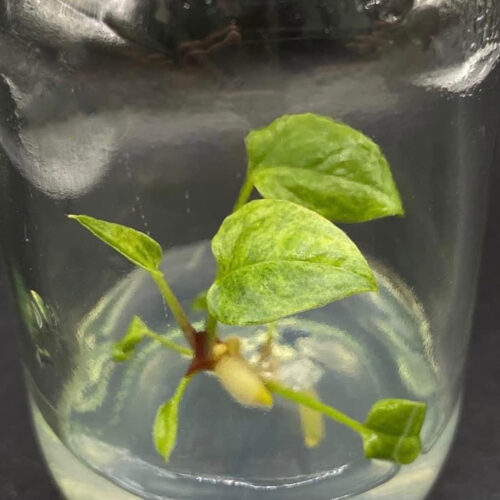


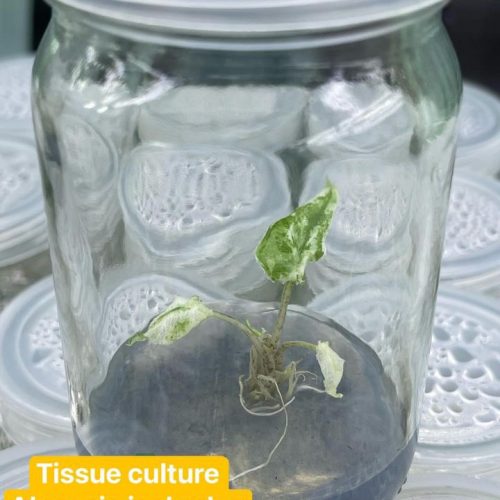

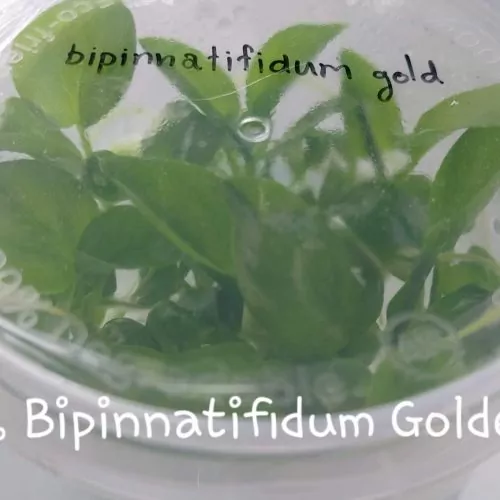
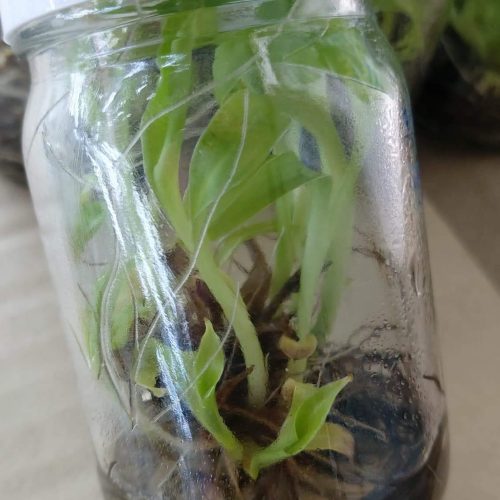
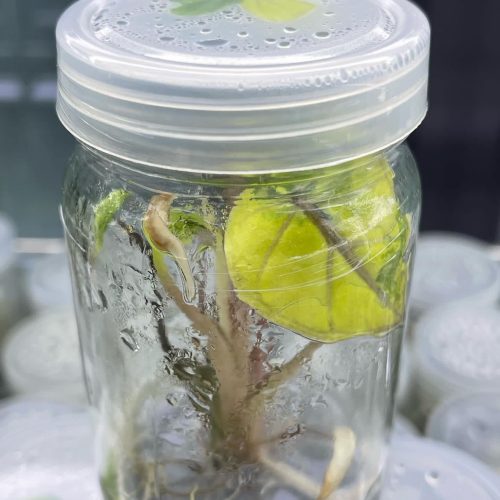
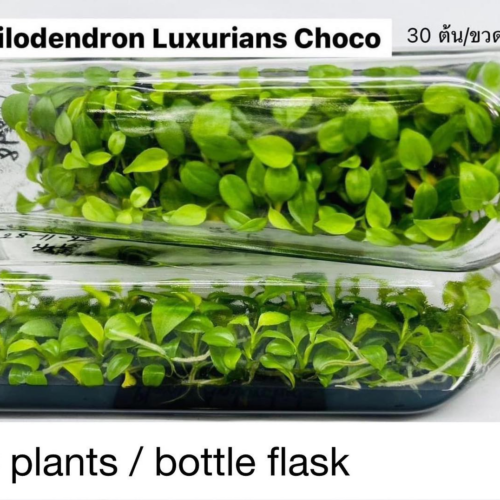



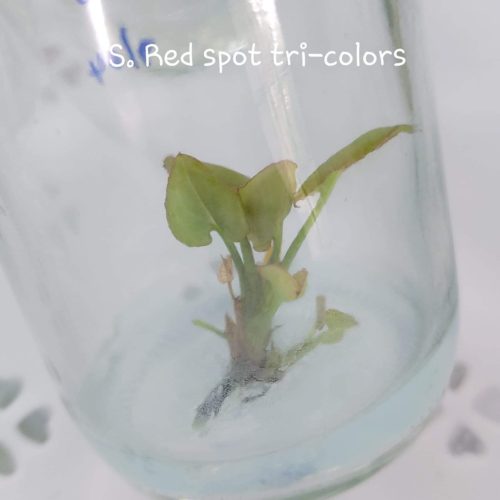
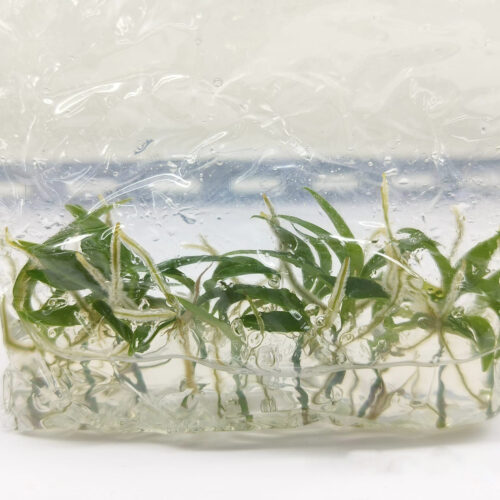

How do I know if the variegation in my plant is stable?
There are a few ways to tell if the variegation in your plant is stable:
Plant History and Variety:
Research your plant’s variety: Some plant varieties, like the Philodendron ‘Ring of Fire’ or the Epipremnum Aureum, are known for having stable variegation that’s passed down through propagation (taking cuttings). You can find this information online by searching for “[plant variety name] variegation stable” or checking houseplant forums.
Look for variegation in the stem: Stable variegation is often present in the stem itself, even as a thin line or speckles. This indicates the variegation is caused by a genetic mutation, not environmental factors.
New Leaf Growth:
Observe new leaf variegation: Pay attention to the variegation pattern on new leaves. If the new leaves consistently show variegation similar to the established leaves, it’s a good sign of stability.
Beware of entirely green or white leaves: If your variegated plant produces entirely green or entirely white leaves, it’s a sign of unstable variegation. The plant might be reverting to its all-green form (entirely green) or struggling to produce chlorophyll (entirely white).
Light and Care:
Light can affect variegation: While some plants might show more variegation with brighter light, significant changes in light levels can also stress a plant and cause fluctuations in variegation. Maintain consistent, indirect light for your variegated plant.
Unstable variegation can be managed: Even with unstable variegation, you can try to encourage more variegation by providing brighter indirect light. However, be mindful of burning the leaves. Pruning off all-green shoots can also help promote the growth of variegated leaves, but this requires careful selection to avoid harming the plant.
Remember, some level of variation in variegation is normal, even for stable varieties. But if you see a consistent shift towards entirely green or white leaves, that’s a strong indicator of unstable variegation.